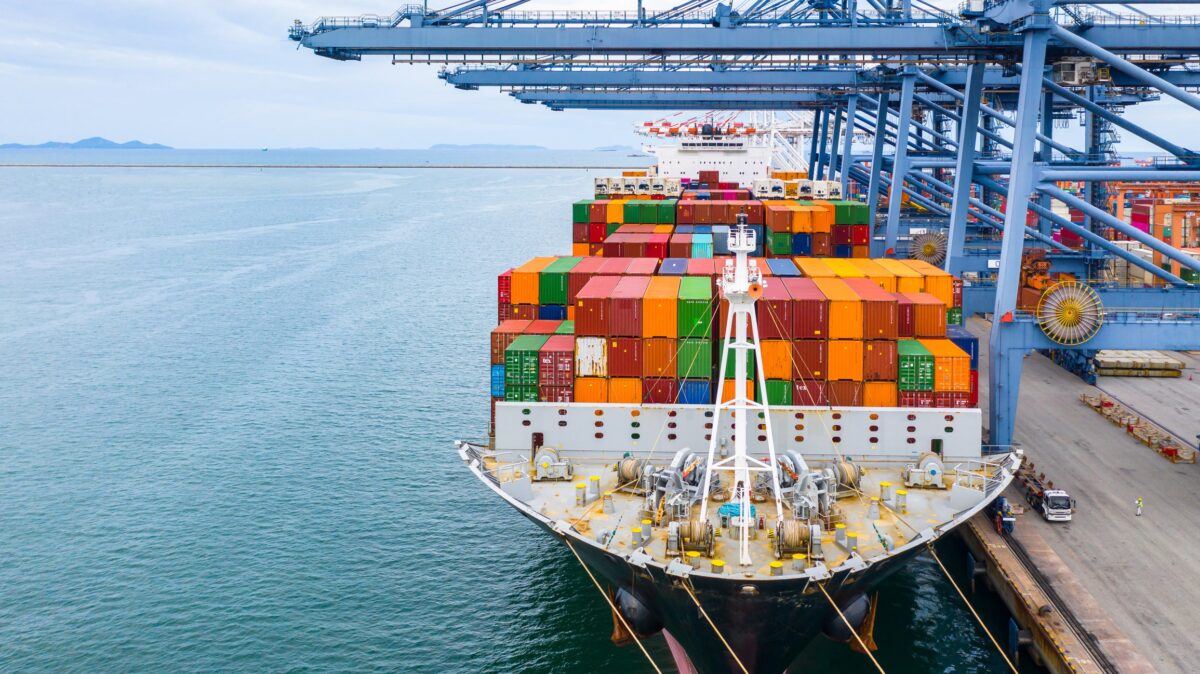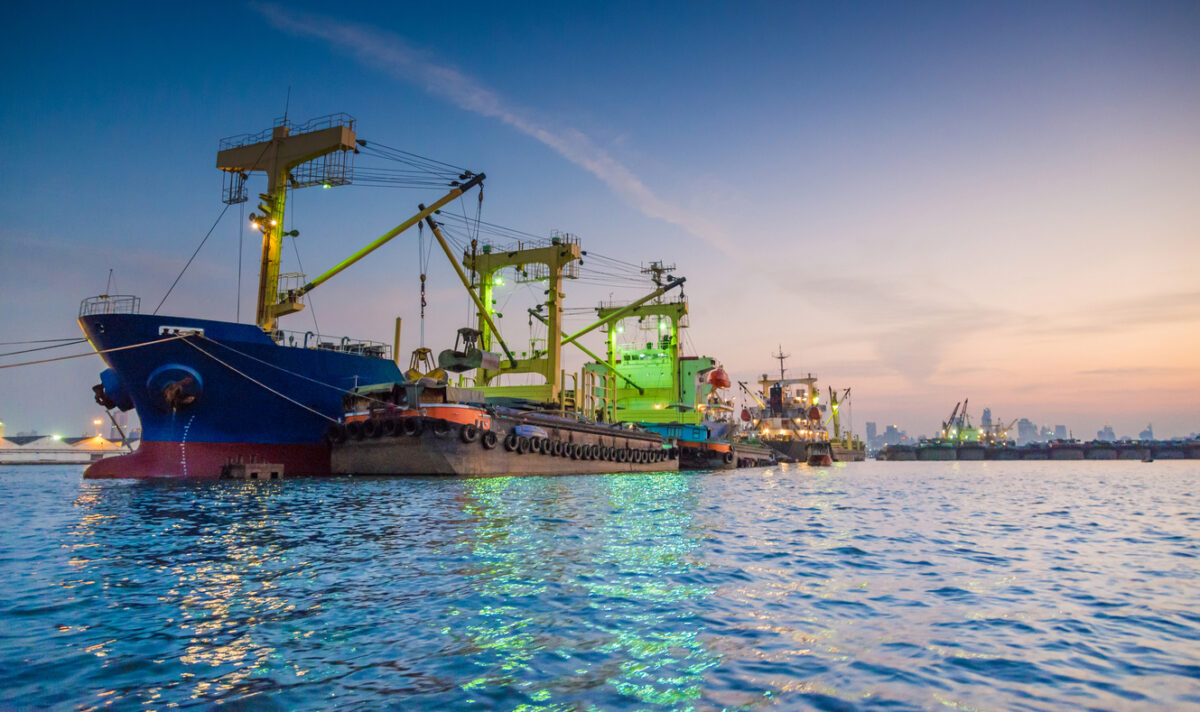As 2025 winds down, Beneficial Cargo Owners (BCOs) find themselves reading the same headlines and asking the same question: Where does this market go from here?
While far from stable, rates have become less volatile. General Rate Increases (GRIs) are being tacked on almost every two weeks, and their staying power will ultimately depend on how demand holds through the holidays. Meanwhile, blank sailings are bunching and new U.S.–China port fees have added yet another layer of complexity to an already noisy ocean landscape. On paper, it looks manageable. In practice, it’s another quarter where timing, visibility, and procurement discipline make the difference between control and chaos.
At Bluspark, our team keeps a close eye on how these shifts translate into day-to-day decisions for importers and procurement leaders.
Here’s what we’re seeing — and how you can use that insight before contracts roll into 2026.
Rates and Capacity: Holding Firm, but Uneven
After a soft start to October, mid-month General Rate Increases (GRIs) have held stronger than expected. West Coast lanes are sitting near $2,200 per FEU, while East Coast lanes remain around $3,200–$3,300 — a gap that’s wide, but logical given routing pressures.
Roughly 7% of East-West sailings have been withdrawn, and nearly half of those cancellations are on the Trans-Pacific. That number doesn’t sound extreme, but the pattern matters: the blanks are clustered, which means some weeks feel tight while others are wide open.
Reliability has plateaued around 65 percent, with delays averaging just under five days. For procurement teams, that rhythm matters more than any headline rate change. A “balanced” month on paper can still mean a rollover if two key sailings vanish in the same week.
More than ever, cadence planning becomes strategy. Pull up the next two weeks of sailings, flag bunching, and shift time-sensitive cargo to the cleaner loop before cutoff. Those small, proactive moves often outperform any GRI negotiation.
Port-Fee Reciprocity Adds a New Layer
Both the United States and China implemented new port-service fees in October 2025, targeting vessels linked to each other’s trade. The immediate effect isn’t rate inflation — it’s operational friction. Carriers are swapping vessels, editing rotations, and shuffling port calls to stay compliant.
For BCOs, the impact shows up in schedule reliability more than invoice totals. You may not see a line-item surcharge, but if your preferred route is dropped or delayed, the cost shows up elsewhere — in dwell time, in storage, in lost predictability.
This is where Bluspark’s procurement lens comes in.
Our role isn’t just to track policy updates; it’s to translate regulation into strategy — helping BCOs validate cut-offs, reroute before congestion hits, and question every new fee that appears on a quote.
Fuel and Cost Pressure: Contained (for Now)
Fuel is not the culprit this quarter. Global VLSFO prices remain in the high-$400s per metric ton, keeping BAF pressure contained. That stability gives BCOs some breathing room — and a reason to push back if new add-ons appear without justification.
In other words: if a surcharge doesn’t make sense, challenge it. Bluspark’s procurement playbooks help clients spot when a fee is genuine versus opportunistic, using real cost drivers and market benchmarks as leverage.
Turning Data Into Strategy: Strategic Takeaways for BCOs
Heading into Q4, the most successful BCOs are already thinking about 2026 contract positioning and a realign strategy. This is the time to:
- Revisit contract vs. spot exposure. Lock in allocations where reliability matters most, but preserve flexibility where blanking patterns persist.
- Map RFP timing. Early-2026 bid rounds will need updated benchmarks that reflect Q4’s firming levels, not the soft market of mid-2025.
- Audit surcharge language. With new port-service fees and tariff chatter, confirm that future contracts define how policy-driven charges are applied.
- Model multi-coast blends. Lean on USWC for cost efficiency; USEC for resiliency if inland rail supports it.
- Keep an ISC outlet. Maintaining a small India-to-US allocation can act as a timing hedge beyond main China gateways.
Bluspark’s procurement team helps BCOs translate these moving parts into real-world strategy—using live market data, carrier behavior analysis, and playbooks tailored to each trade lane. Whether mapping RFP cycles, analyzing carrier performance, or designing negotiation playbooks, our focus is to help you source smarter, not harder.
Looking Ahead
Between now and year-end, keep your eye on:
- GRI follow-through and any new cancellation clusters
- Rate guidance and RFP chatter for early-2026
- Updates on U.S.–China port fee enforcement
- Any credible Suez reopening signals that could free up capacity
For BCOs, the message is clear: Q4 is not the time to coast. It’s time to prepare. At Bluspark, we bring the perspective of a procurement team that’s lived both sides of the equation — from the loading dock to the boardroom. If you’re refining your 2026 strategy, this is the moment to start. Let’s simplify what comes next. Book a meeting today or email us at hello@blusparkglobal.com.


